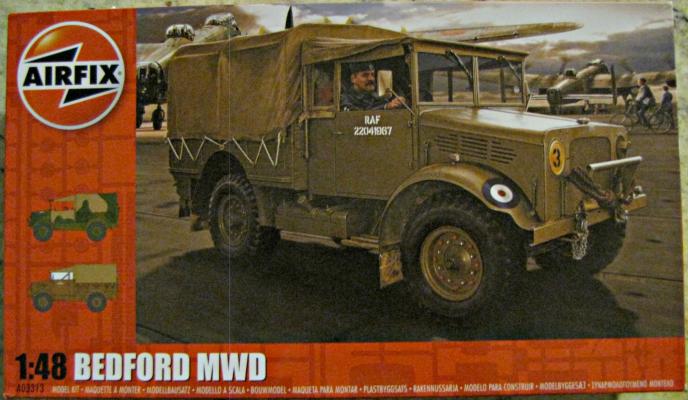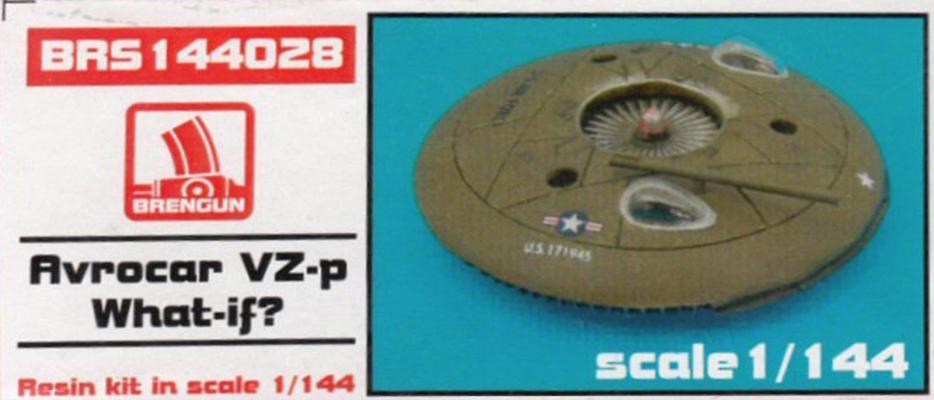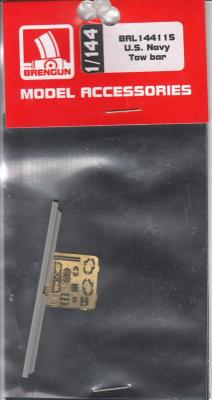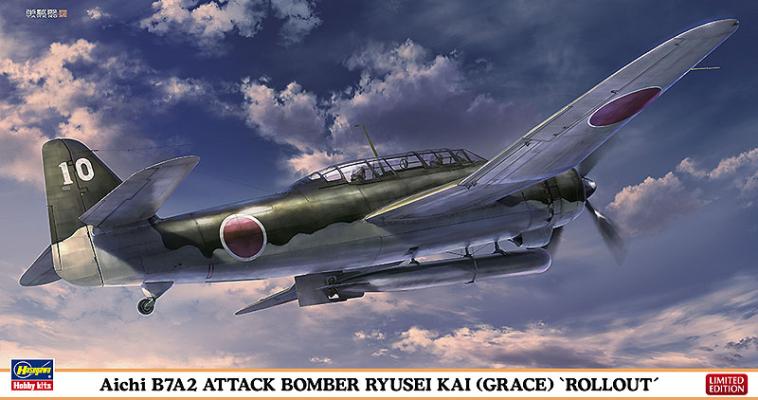Airfix continues to knock out quality 1/48th kits as they continue surging ahead making a wide variety of kits. Their newest offering is a 1/48th version of the Bedford MWD truck. A 4x2 vehicle that entered service right before the war started, the Bedford saw service in France in 1940 and would continue to service with the RAF and the British Army after they re-entered the continent in June, 1944. The kit provides parts, decals, and paint schemes for two vehicles – the early version that served in France in 1940 and the later version that served with the RAF in 1943.
Welcome to the IPMS/USA Reviews site!
Introduction: The primary organization of the IPMS/USA Review website is by IPMS/USA National Contest Class. Within each Class there are sub-menus by kits, decals, books, etc. The Miscellaneous Class is for items that are not class specific or that cross two or more classes.
IPMS/USA Members: We encourage you to submit reviews, both here and to the Journal. To volunteer for membership in the IPMS/USA "Reviewers Corps" and submit your own reviews, please read the Guidelines For Submitting Product Reviews.
Manufacturers, publishers, and other industry members: IPMS/USA is pleased to offer your company the opportunity for product reviews. All product reviews are performed by IPMS/USA members, and are posted in the publicly-accessible section of our website. With very few exceptions, we perform full build reviews of new kit releases, aftermarket products, and supplies. If you would care to provide product samples for review, please contact John Noack, IPMS/USA 1st VP.
To learn more about IPMS/USA, please see our About Us page.
The VZ-9 Avrocar is marketed as a “what if” kit, but to my surprise there actually WERE two of these things built and “flown”.
The idea originated in the early 1950s as a U.S. Air Force project, built by AVRO Canada, for a high-speed, high performance fighter with high speed and maneuverability. The performance didn’t pan out, and the U.S. Army took over the project with the idea of having something like a high speed, highly maneuverable helicopter. The two prototypes were built in 1958 and 59. The project was abandoned in 1961.
One of the prototypes is on display at the US Air Force Museum at Wright-Patterson AFB, Dayton, Ohio.
I recently built and reviewed Brengun’s USN Tow Tractor (BRL 144025) used on aircraft carriers. One thing that I said was missing was the tow bar to allow the tractor to move the planes around the deck. So here it is.
The entire kit is a single resin cast and a single PE fret. The resin parts are the bars for the tow bar. The PE is the connectors to hook the assembly to the tractor at one end and the aircraft at the other.
Assembly Preparation
The assembly is both easy and difficult. The easy part is that there aren’t a lot of parts, and they are logically set up. The difficult part is that the PE parts are all very small and easy to lose. One way I overcome this difficulty is using a jeweler’s apron, which anchors to my workbench at one end, and the other end has a loop which is around my neck. This way if I drop a part, it usually falls into the apron, where it can be recovered. The carpet monster is bereft.
History Brief
Given the codename "Grace" by the Allies, the Aichi B7A Ryusei was a large and powerful single engine, two-seat carrier-borne torpedo-dive bomber. It was produced by Aichi Kokuki KK for the Imperial Japanese Navy Air Service during the Second World War. The B7A first flew as a prototype in May 1942, but problems with the experimental NK9C Homare engine and airframe issues delayed the type and it didn’t enter into production until two years later in May 1944. Despite the plane's weight and size, it displayed fighter-like handling and performance, it even outperformed the A6M Zero which was in service at the time. Not only was it was a fast, agile and highly maneuverable machine, it could also carry a single 800 kg bomb, two 250 kg bombs or six 60 kg bombs at once.
First, THANKS SAC and IPMS USA for another review opportunity! SAC has been around for a few years, and to my mind fills a serious need for models. As kits get more expensive, they have more detail, weigh more, and you have more invested in it.
Enter SAC. This set adds structural strength to the fragile gear on a 1/144 scale airliner-sized model, in this case the Minicraft C-54. The C-54 has a fork nose gear with one tire; the kit requires about ½ ounce of nose weight, so there is added stress to the nose gear. The gear is also scale in size, meaning it’s very fragile. Metal makes the difference between gear snapping off on provocation, or gear that withstands handling.
Use of this SAC gear is simple, four parts: two main gear, the nose gear (the fragile part of the kit), and the nose gear retraction strut. Just swap the SAC gear for kit items, and you are done!














